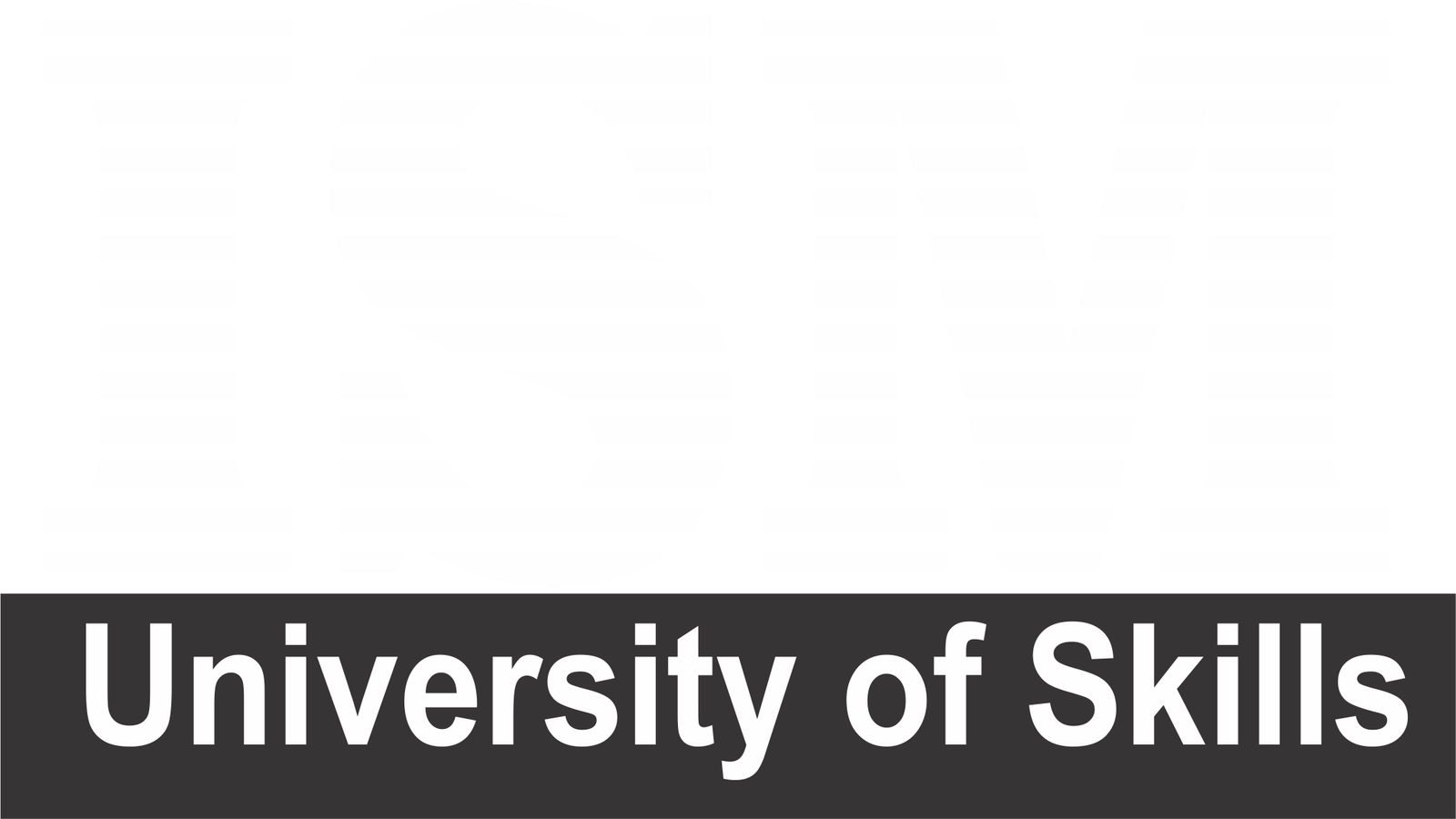In an increasingly interconnected world, the ability to communicate seamlessly across languages has become essential. Whether it’s for business, travel, or simply connecting with people from diverse backgrounds, language translation plays a crucial role in facilitating global interactions. With the advent of Artificial Intelligence (AI), translation services have undergone a remarkable transformation, revolutionizing the way we bridge linguistic divides.
The Evolution of Translation Services
Traditionally, language translation relied heavily on human expertise. Professional translators meticulously converted text or speech from one language to another, ensuring accuracy and cultural nuances. While effective, this approach often posed challenges such as time constraints, availability of skilled translators, and high costs.
Enter AI-powered translation services. Leveraging advanced machine learning algorithms, these platforms analyze vast amounts of multilingual data to understand linguistic patterns and context. This enables them to generate accurate translations in real-time, significantly enhancing efficiency and accessibility.
The Power of Neural Machine Translation
One of the most significant breakthroughs in AI-driven translation is Neural Machine Translation (NMT). Unlike earlier statistical methods, NMT models employ deep learning techniques to process entire sentences or phrases as opposed to individual words. This holistic approach enables more contextually accurate translations, capturing the subtleties of language structure and meaning.
NMT models continuously learn and improve from feedback, refining their translation capabilities over time. As a result, they can adapt to different dialects, idiomatic expressions, and evolving linguistic trends, providing more natural and fluent translations.
Facilitating Global Communication
The impact of AI-powered translation services extends far beyond mere convenience. They serve as invaluable tools for breaking down cultural barriers and fostering meaningful connections across borders. Whether it’s facilitating international business negotiations, aiding travelers in foreign countries, or enabling cross-cultural collaboration in academia, these services play a vital role in promoting global understanding and cooperation.
Moreover, AI-driven translation has made information more accessible to non-native speakers, opening up new opportunities for education, research, and cultural exchange. Online platforms offer translated content in various languages, empowering individuals worldwide to access a wealth of knowledge and resources previously inaccessible to them.
Challenges and Considerations
While AI-driven translation has made significant strides, challenges remain. Achieving complete linguistic accuracy and preserving cultural nuances in translation poses ongoing technical hurdles. Additionally, concerns regarding data privacy, bias in training datasets, and the ethical implications of automated translation raise important considerations for developers and users alike.
Furthermore, AI translation tools are most effective when used in conjunction with human oversight. Professional translators play a crucial role in refining machine-generated translations, ensuring quality, and addressing nuances that AI may overlook.
Looking Ahead
As AI technology continues to advance, the future of language translation holds immense promise. Innovations such as real-time translation during live conversations, enhanced support for underrepresented languages, and seamless integration across digital platforms are on the horizon.
Ultimately, AI-powered translation services represent more than just a technological convenience; they embody the universal desire for communication and understanding in an increasingly interconnected world. By harnessing the power of AI, we can transcend linguistic barriers and build bridges of empathy and collaboration across cultures and continents.

